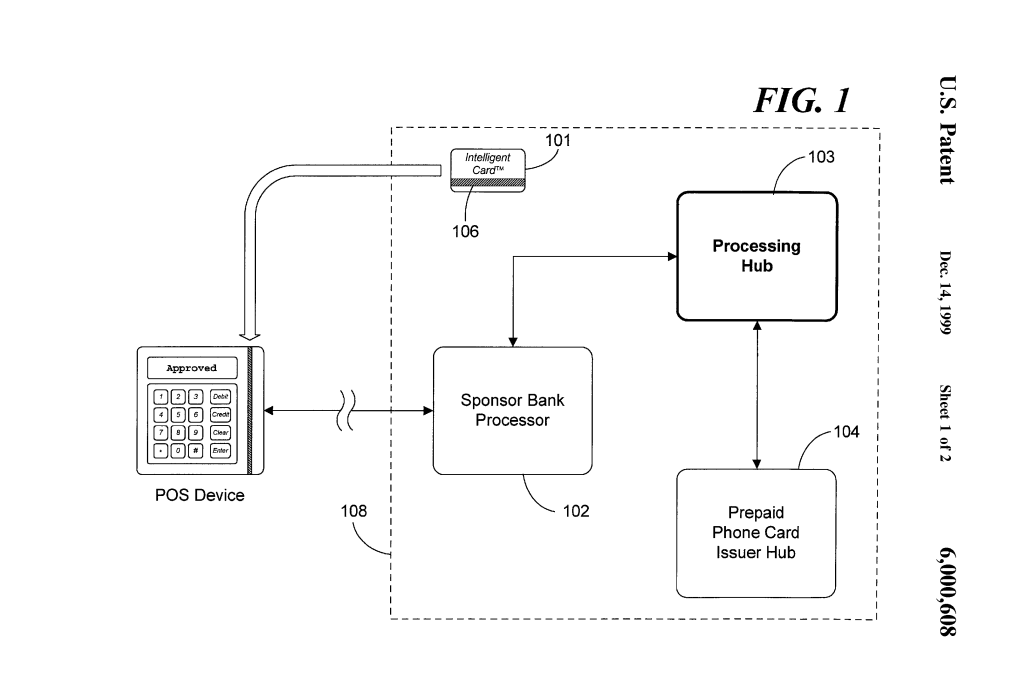by Dennis Crouch
The recent Federal Circuit decision in AlexSam, Inc. v. MasterCard Intl. Inc. provides a lesson into the importance of carefully drafting—and understanding—the scope of licensing terms, especially covenants not to sue. Of importance to this case is understanding both their scope and their duration. The second half of the post delves into the jurisdictional hook that allowed the Federal Circuit to hear this case, even though it originated as a state law breach of contract claim, as well as analyzing whether MasterCard's invalidity declaratory judgment counterclaim was truly compulsory, as required for Federal Circuit appellate jurisdiction. The post also notes a curious empaneling of judges. 22-2046.OPINION.2-28-2024_2277625.
Background
To continue reading, become a Patently-O member. Already a member? Simply log in to access the full post.
